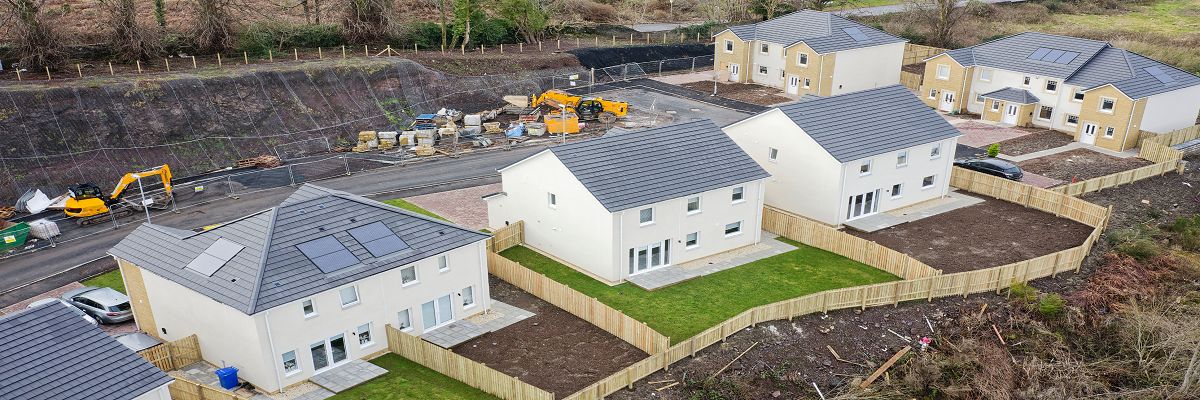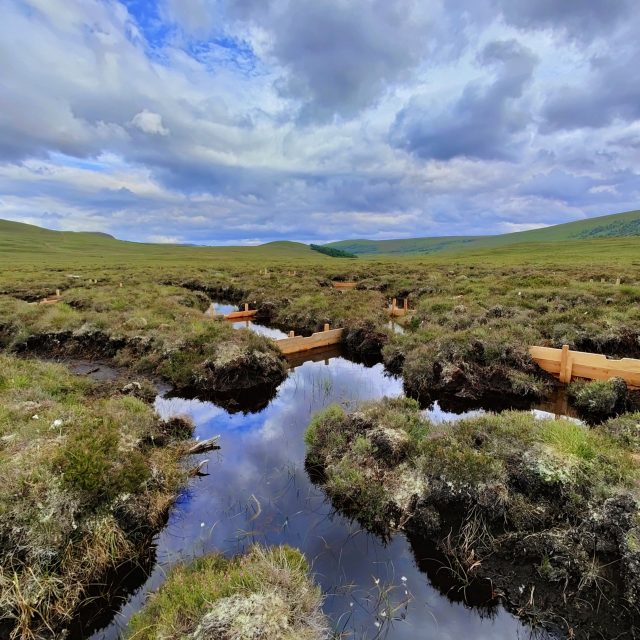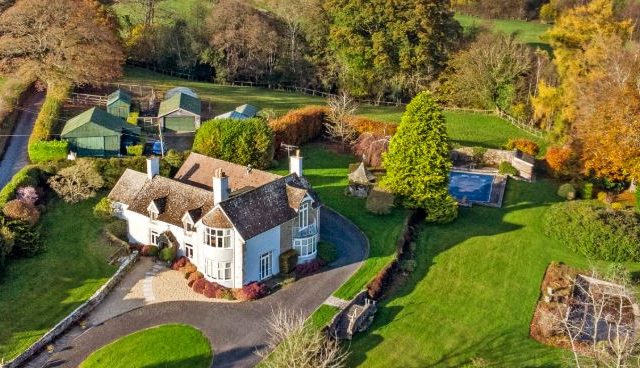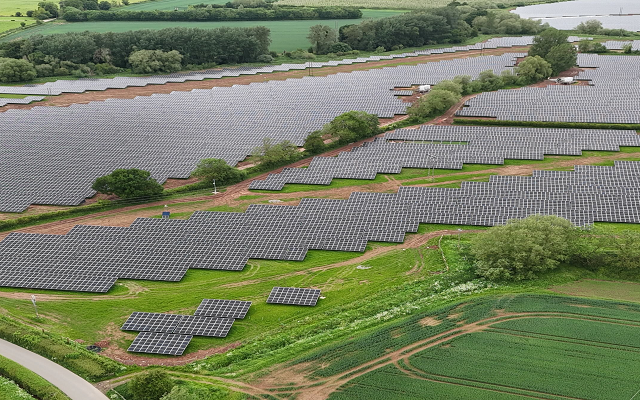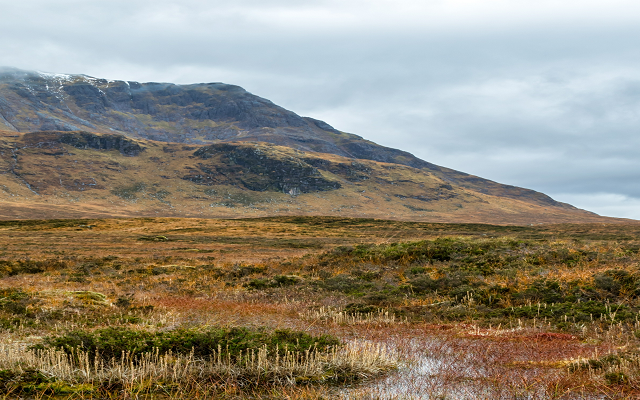Implementing Biodiversity Net Gain – where are we now?
Need to know:
- BNG is becoming mandatory for most developments from 1 February 2024, requiring a 10% BNG to be achieved onsite or offsite.
- Developers will be legally required to submit a biodiversity gain plan after planning consent has been given for a development by the local planning authority. Once the plan is approved, the BNG condition attached to the planning consent will be discharged.
- Any site that offers offsite BNG units must be entered on the Biodiversity Net Gain Site Register, administrated by Natural England.
- A site may be entered on the register once it is subject to a S106 or a conservation covenant
Biodiversity Net Gain (BNG) has increasingly been the talk of the town over the past few months, ahead of it becoming mandatory for most developments from 1 February 2024. Introduced under the Environment Act 2021, we have seen Local Planning Authorities (LPAs) over the past year amending their Local Plans to include new policies to require a minimum 10% biodiversity net gain to be achieved as part of any new developments. Some LPAs have gone the extra mile and require above the statutory 10% BNG, usually up to 20%.
What this means in practice is that where developers cannot accommodate the required BNG uplift onsite, they will have to purchase either offsite biodiversity credits or the government’s statutory credits. The latter are the most expensive and likely to be used as last resort by developers.
What does the Biodiversity Net Gain Site Register Regulations 2024 say?
Natural England is responsible for the establishment and administration of the Biodiversity Gain Site Register. Any site that offers offsite BNG units must be entered on the register. Defra published the draft regulations on 29 November and the key provisions include:
- Draft regulation 4 states that: ‘The register operator must ensure that the information in the biodiversity gain site register is accessible to members of the public’. In practice this means that any details on a BNG offsetting site will have to be made public.
- A site may be entered on the register when it is subject to a S106 or a conservation covenant and an application for registration has been submitted. As staking of BNG is allowed, a site can be registered multiple times as long as different S106/conservation covenants are in place.
- Eligibility requirements for a BNG site include that it must be located in England, subject to a S106 or conservation covenant registered as a local land charge, managed and monitored for at least 30 years once the habitat enhancement works have been undertaken and is made available to be allocated to developments for offsetting.
- The register fees range from £45 to amend information of a site where habitat enhancement has ceased to be allocated to a development, up to £639 for new applications to the register and to amend information to a registered site that is incomplete/inaccurate.
It still remains unclear how onsite delivery of BNG will be kept track of, as onsite BNG provision is not currently required to be part of the register. However, the Govermnent is investigating how onsite BNG delivery details extracted from planning consents could be made available on the register going forwards.
The Draft Biodiversity Gain Requirements (Exemptions) Regulations 2024
These regulations have also been published and confirm that planning permissions for small developments granted before 1 April 2024 will not need to comply with BNG regulations. Small developments are any development that is not major (the working of minerals or waste development, housing development of 10 or more dwellings or a site greater than 0.5ha, buildings with a floor space of 1000m2 or more and developments on a site of 1ha or more).
Exemptions also include self-build dwellings where no more than nine are proposed on a site, Nationally Significant Infrastructure Projects and sites requiring planning consent to create a BNG site.
The Draft Biodiversity Gain Requirements (Irreplaceable Habitat) Regulations 2024
This piece of regulation relates to ancient trees and woodland, saltmarsh, blanket bog, lowland fens, limestone pavements and coastal sand dunes. For these habitats, the 10% net gain does not apply and instead alternative arrangements must be made to minise any negative impacts of the development on them.
Other regulations will also come into force, such as the Financial Penalties and Fees Regulations which will introduce a £5,000 fine imposed by Natural England in the case of any false or misleading infromation being submitted as part of a site registration on the register.
Developers’ obligation to submit a Biodiversity Gain Plan as part of planning consent
Once BNG becomes law, developers will be legally required to submit a biodiversity gain plan after planning consent has been given for a development by the local planning authority (LPA). Defra published in October 2023 more guidance on this. When the BNG plan is approved, it will discharge the BNG condition attached to the planning consent. LPAs will have to give their written approval before any development can start. To help developers, Defra has published a draft template and associated guidance. The BNG plan should cover the developer’s BNG strategy, including mitigation measures to minimise impacts of the development on existing site habitats, where and how the target BNG will be delivered, the completed biodiversity metric tool, as well as a post-development habitat survey and map.
If you would like to know more about BNG or have any questions, please contact our Head of Natural Capital, Alex Brearley.
